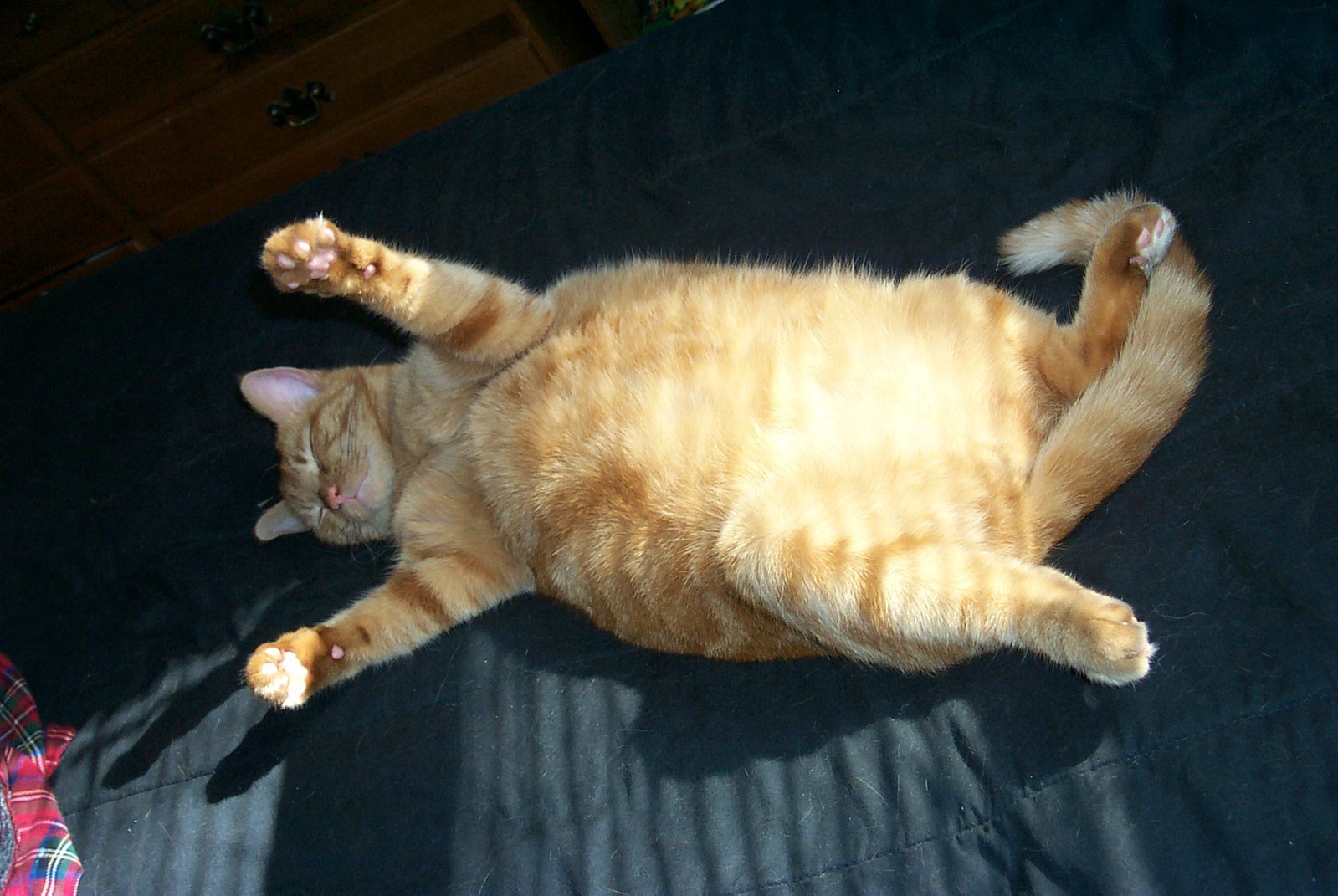Is your cat avoiding the litter box? This comprehensive guide explores common causes of litter box issues in cats, offering natural and effective solutions to help you and your feline friend. Learn about stress, illness, and litter box preferences, and discover how to create a happier, cleaner home environment.
Introduction
Cat litter box problems are a common source of frustration for cat owners. From sudden avoidance to inappropriate elimination, these issues can significantly impact the bond between you and your feline companion. Understanding the underlying causes is the first step towards resolving these issues and restoring harmony to your home. This article delves into the most frequent reasons why cats might avoid their litter boxes, providing practical, natural solutions to help you navigate this challenge. We’ll explore everything from choosing the right litter and ensuring proper cleaning to understanding your cat’s stress levels and potential underlying health conditions. By the end, you’ll have a clearer understanding of how to address your cat’s litter box woes and create a cleaner, happier environment for both of you.
Common Causes of Cat Litter Box Problems
Several factors can contribute to a cat’s reluctance to use their litter box. These can be broadly categorized as:
1. Litter Box Issues:
- Litter Type: Cats are incredibly sensitive to texture and scent. Switching litter types abruptly can cause avoidance. Try using unscented, clumping clay litter or exploring natural alternatives like silica gel or paper-based litters. Experiment to find what your cat prefers.
- Box Size and Location: The litter box should be large enough for your cat to comfortably turn around and eliminate without feeling cramped. Placement is also crucial. Avoid placing the box in high-traffic areas, near loud noises, or in locations where your cat feels vulnerable (e.g., close to food or water bowls).
- Cleanliness: Cats are fastidious creatures. A dirty litter box is a major deterrent. Scoop solid waste daily and completely change the litter at least once a week. Thoroughly clean the box with a pet-safe disinfectant between litter changes.
2. Medical Conditions:
- Urinary Tract Infections (UTIs): Painful urination can lead cats to avoid the litter box. If you suspect a UTI, consult your veterinarian immediately. Symptoms can include straining to urinate, increased frequency, blood in urine, and licking the genital area excessively.
- Kidney Disease: Kidney issues can cause increased thirst and urination, potentially leading to accidents outside the litter box.
- Arthritis or Mobility Issues: Older cats or those with arthritis may struggle to access the litter box, especially if it’s too low or difficult to get into. Consider raising the box or providing a ramp.
- Diabetes: Diabetes can affect bladder control.
3. Behavioral Issues:
- Stress and Anxiety: Changes in the household (new pets, moves, family members), loud noises, or even a new piece of furniture can stress a cat, leading to litter box avoidance.
- Territorial Issues: Multiple cats in the household can create competition for resources, including litter boxes. Ensure you have enough litter boxes (as a general rule, one more than the number of cats).
- Fear and Trauma: A negative experience in or near the litter box (e.g., being startled) can make a cat hesitant to use it.
4. Other Factors:
- Medication Side Effects: Some medications can affect bladder control.
Natural Solutions for Cat Litter Box Problems
Addressing litter box issues often requires a multi-pronged approach. Here are some natural solutions you can try:
1. Improve Litter Box Hygiene:
- Use unscented, natural litters.
- Clean the litter box thoroughly and regularly.
- Use a natural deodorizer like baking soda to absorb odors.
2. Manage Stress and Anxiety:
- Feliway Diffusers: These release synthetic feline pheromones that can help calm anxious cats.
- Create Safe Spaces: Provide your cat with quiet, comfortable places to retreat to.
- Enrichment: Provide plenty of toys, scratching posts, and climbing opportunities to keep your cat entertained and reduce stress.
3. Address Underlying Medical Issues:
- Consult your veterinarian if you suspect a medical problem. Early diagnosis and treatment are crucial.
4. Dietary Considerations:
- Provide fresh water at all times. Dehydration can exacerbate urinary tract issues.
- Consider a diet specifically formulated for urinary health if recommended by your vet.
5. Litter Box Placement and Accessibility:
- Ensure the litter box is easily accessible and in a quiet location.
- Consider adding a litter box ramp if your cat has mobility issues.
Choosing the Right Litter
The type of litter you use significantly impacts your cat’s willingness to use the box. Avoid strongly scented litters, as these can be irritating and off-putting. Experiment with different options to find what your cat prefers:
- Clay Litter: A popular choice, but some cats are sensitive to the dust. Choose a low-dust variety.
- Silica Gel Litter: Highly absorbent and odor-controlling, but can be expensive.
- Paper Litter: Biodegradable and dust-free, but may not be as absorbent as other types.
- Wood Litter: Another biodegradable option, but can sometimes be messy.
Frequently Asked Questions (FAQ)
Q: What should I do if my cat suddenly stops using the litter box?
A: Immediately consult your veterinarian to rule out any underlying medical conditions. While you wait for your vet appointment, thoroughly clean the litter box and try changing the litter type. Observe your cat’s behavior for any signs of stress or discomfort.
Q: How many litter boxes does a cat need?
A: As a general rule, you should have one more litter box than the number of cats in your household. This helps prevent territorial disputes and ensures that every cat has easy access to a clean litter box.
Q: How can I avoid bad odors in the litter box?
A: Daily scooping is essential. Completely change the litter at least once a week, and thoroughly clean the box with a pet-safe disinfectant. Using a natural deodorizer like baking soda can also help absorb odors.
By following these tips and addressing any underlying issues, you can successfully resolve your cat’s litter box problems and create a harmonious home environment for both you and your feline friend. Remember, patience and observation are key. If the problem persists, don’t hesitate to seek professional veterinary advice.
Keywords: cat litter box problems, cat behavior problems, natural litter box solutions, cat litter box avoidance, feline litter box issues, cat stress, litter box cleaning, natural cat litter, cat pheromones
Share this content:







